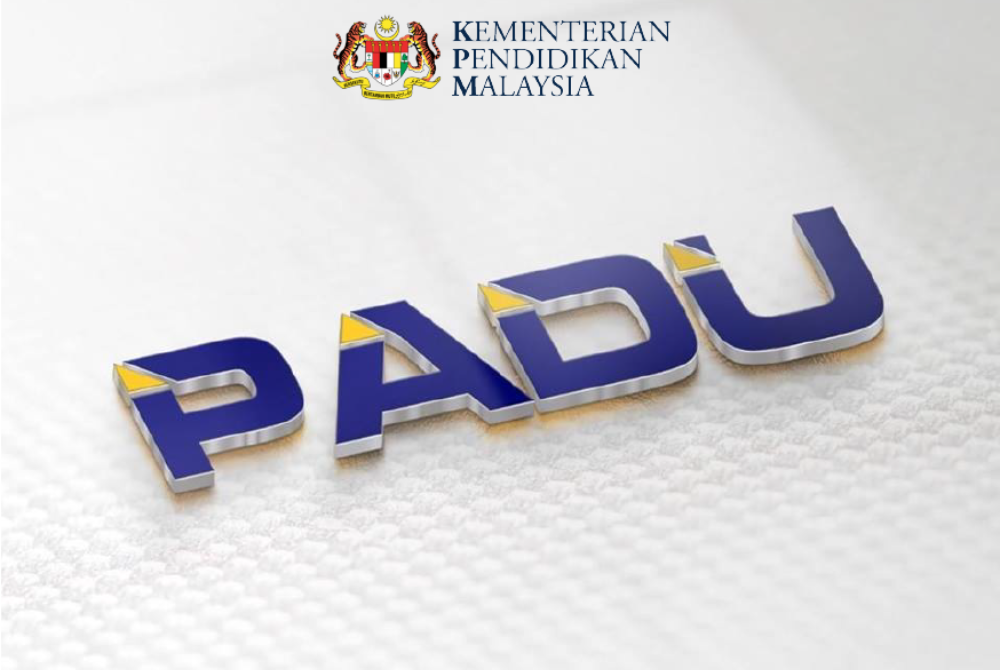Padu: What Malaysians need to know

SHAH ALAM - The Central Database Hub (Padu), launched yesterday, is expected to be a game changer for data management in Malaysia.
The system was introduced in line with the national digital transformation approach and Malaysians are encouraged to register with the Padu database to verify and update their socioeconomic data before March 31.
However, some Malaysians still do not know much about Padu.
Here's some information to shed light on the initiative:
What is Padu?
Padu consolidates government data to help in policymaking, addressing concerns about incomplete data highlighted by Prime Minister Datuk Seri Anwar Ibrahim.
Managed by the Department of Statistics (DOSM), it aimed to improve data accuracy for targeted subsidies and social protection.
Domestic Trade and Cost of Living Minister Datuk Armizan Mohd Ali emphasised the need for fair subsidy distribution, citing the RM81 billion spent, last year.
Padu's effective identification process aimed to ensure subsidies reach the intended groups, preventing misuse.
The system shifted focus from income categories like B40, M40 and T20 to a more detailed household income assessment for precise subsidy allocations.
This approach will refine government programmes based on household disposable income.
To encourage adoption, early Padu users can expect benefits like getting the enhanced Touch 'n Go card with NFC and shopping discounts.
Why do Malaysians need to register?
The registration and update of information under Padu will take place for three months starting from Jan 2 to March 31.
However, it is not compulsory.
Economy Minister Rafizi Ramli said opting out will not result in any consequences.
He said Padu is a system that determined a household's eligibility for subsidies by analysing information easily accessible in all government systems to determine the household profile.
Malaysians are encouraged to register and keep their details updated so that the government would not leave them out of any upcoming initiatives.
He said after choosing to opt out of the database, the public should not 'be angry' at the government if they did not receive the targeted subsidies.
For those residing in remote locations without internet, DOSM said, in-person outreach programmes will be carried out to help with the system's manual registration.
Government offices, district offices and Digital Economy Centres (PEDi) were the locations where manual registration can be completed.
How to register?
Because Padu aggregated data from over 270 government databases, users did not have to fill out forms again if the existing data was already accurate and it is advised to provide updates on income and reliance.
The e-KYC is involved in the registration and the specifics were kept secret until the portal launched. Because of the extensive breadth of the information, accurate verification was essential.
How secure is the Padu data?
Rafizi has assured that there will be no changes to the owners and ownership of data utilised by Padu for the distribution of targeted subsidies to Malaysians.
He said that all data used by Padu remained governed by existing Acts of the respective government departments or agencies.
He said the government was drafting an Omnibus Act by quarter two or three of 2024 that allowed agency-wide data sharing via Padu.
The collected information obtained would be placed into a data lake, which will be updated by agencies on a regular basis, mostly through Secure FTP (file transfer protocol).
Users can also update their data whenever they want after the Padu portal opened.















